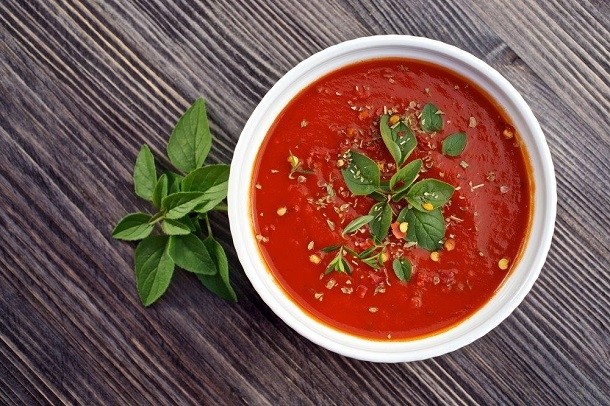Salt of the Earth launches sodium-reduction ingredient that preserves clean finished food labels

“The salt industry faces a few challenges in developing sodium reduction ingredients, such as after-taste” from commonly used ingredients, including potassium chloride and other chemicals, said Aliza Ravizki, research and development manager at Salt of the Earth. These unfamiliar or hard-to-pronounce ingredients also can be a turn off for some consumers who want foods made from only easily recognized ingredients, the firm adds.
Salt of the Earth tries to overcome these challenge by developing an all-natural ingredient that blends sea salts harvested from the Red Sea with a natural vegetable extract, according to the company.
The result is a ready-to-use, clean liquid ingredient that has a “distinctive umami flavor” that enhances finished products rather than leaving a chemical after-taste or notable absence of flavor that some consumers complain about when considering reduced-sodium foods, the company said.
Umami, the so-called fifth taste, “is getting a lot of attention lately, and luckily we were able to create this low-sodium ingredient with umami taste that appeals to many consumers” because it preserves foods savory taste while reducing its overall sodium content, Raviski said.
The firm hopes that by swapping umami for sodium it can help food manufacturers overcome the consumer perception that less sodium equals less flavor – a stumbling block that has capped most reduction efforts at 30% to 50% and forced manufacturers to stay quiet about the reformulations.
While Umami-Essence Sea Salt likely will not help firms exceed the 50% reduction cap, it offers benefits other reduction ingredients do not. In addition to not using artificial ingredients that can leave a strange after taste, the ingredient provides a “homogenous spread … that other granular substitutes cannot,” Raviski said.
Raviski adds that because the ingredient is a liquid it “is ideal for sauces, soup, marinades, salad dressing” and other wet based applications. However, Raviski adds, the company is exploring its functionality in other applications such as processed meats and bakery items.
The ability to use the ingredient in bread would be a boon to industry, which has struggled to maintain functionality and reduce sodium in this category, which the Center for Disease Control and Prevention says is the highest source of sodium in the American diet. (Read more HERE.)
Launch coincides with renewed focus on sodium reduction
The ingredient’s launch comes at a time when health advocates and Americans are reconsidering and trying again to lower their sodium intake.
For example, the 2015 dietary guidelines advisory committee reaffirmed in its recent recommendation to the Health and Human Services and U.S. Agriculture departments that American’s need to reduce their sodium intake. (Read more about the recommendations HERE.)
Indeed, the average American consumes 4,000 mg of sodium a day, which is about double what they should eat, DGAC member Marian Neuhouser said at the Partnership for a Healthier America Summit in Washington Feb. 26-27.
The American Heart Association also recently launched a sodium reduction awareness campaign that it hopes will help level the playing field for sodium reduced foods by repositioning consumers’ view of sodium that more is better to one where it is seen as a health threat. (Read more about the campaign HERE.)

















